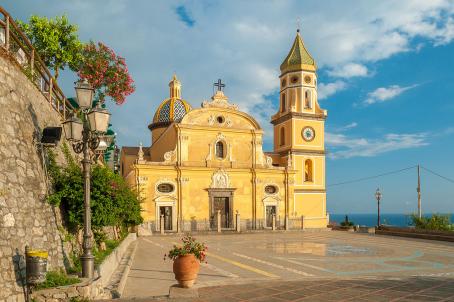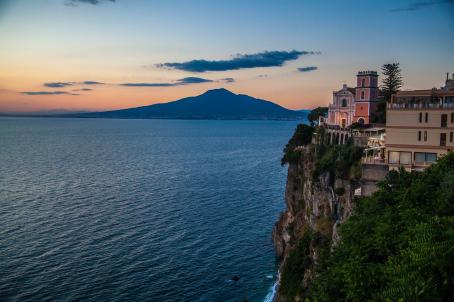Church of Santa Maria Assunta
The Church of Santa Maria Assunta was founded in the 10th century and is linked to the Byzantine icon of the Black Madonna with Child, which is said to have arrived in Positano in the 12th century thanks to some Benedictine monks. The church was renovated between 1777 and 1782 and is divided into three naves with five arches and several side chapels. A few steps away from the church stands the bell tower, built in 1707.





